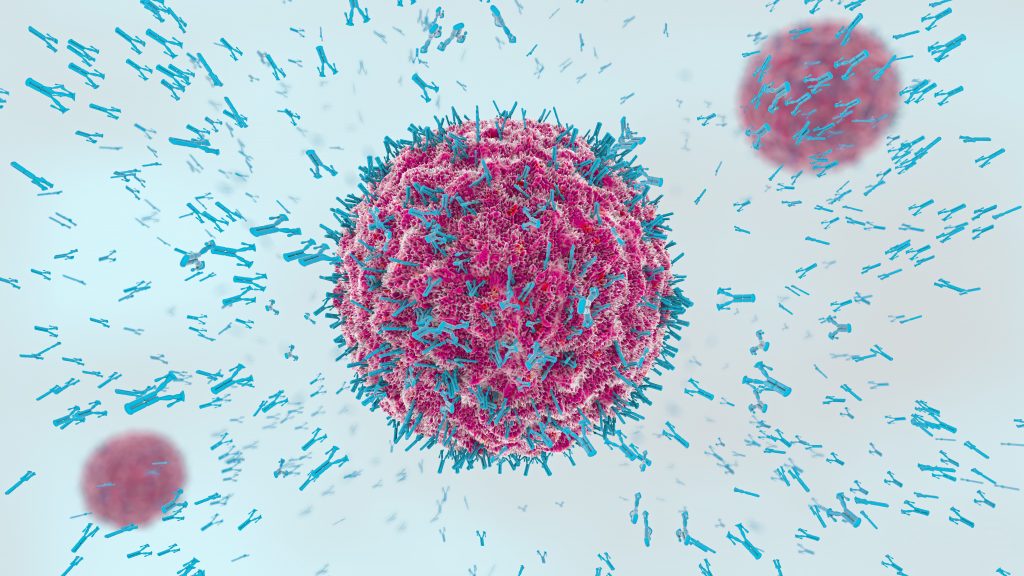
Sequence listings are a mysterious requirement reserved only for biotechnology patent applications that mention specific protein (amino acid) and/or gene (nucleic acid) sequences. Endless strings of As, Ts, Cs and Gs can be unintelligible, and from the perspective of the patent office, impossible to effectively search in an acceptable timeframe. This is where “sequence listings” come in. Any patent application that mentions such a sequence must be accompanied by an appropriately formatted sequence listing. A sequence listing in the correct format is exempt from page fees, so using the correct format is crucial to avoid unnecessary, and very significant, additional costs.
The World Intellectual Property Office (WIPO) sets the standard, which is accepted by all member patent offices across the world. The current standard, which dates back to the days of floppy discs in 1998, is known as ST.25 but all is about to change with the introduction of, you guessed it, ST.26! The minor change in moniker hides what is actually a significant overhaul of this important aspect of drafting a biotech patent application.
There are issues with the existing format not complying with the International Nucleotide Sequence Database Collaboration (INSDC) requirements, which can result in data loss from public databases. The ST.25 rules are also a little unclear, leading to divergent interpretation and inconsistent enforcement across different patent offices. In addition, the current ST.25 standard does not account for a number of now common modified nucleotides and amino acid residues.
The new ST.26 standard, which aims to address these issues and more, will now come into force on 1 July 2022 (postponed from 1 January 2022). This means that all sequence listings included in patent applications submitted at the office of any PCT contracting state from 1 July 2022 must be compliant with ST.26, including those that claim an earlier priority date (where conversion of an existing ST.25 listing may be necessary).
WIPO have indicated to us that there will not be a transition period. Therefore, up until 30 June 2022 it will be necessary to continue using ST.25, after which sequence listings for new applications must be compliant with ST.26. WIPO have conceded that there may be exclusions to this rule in exceptional circumstances.
The most commonly used tool for preparing ST.25 sequence listings is the USPTO’s “PatentIn” software. However, we understand that there are currently no plans to update PatentIn to generate ST.26 sequence listings. Instead, WIPO has developed a free tool known as “WIPO Sequence” for this purpose, which is available here alongside a user manual, test data set and sequence validator. We recommend that users become familiar with this new tool well ahead of implementation of this standard.
We have set out a brief summary of the key changes in ST.26 over the current ST.25 standard below:
Summary of key changes:
- .xml file types (rather than .txt) are required, to address data loss associated with INSDC format compatibility, and make data exchange both human- and machine-readable.
- Sequences with less than 10 specifically defined nucleotides or less than 4 specifically defined amino acids (excluding ‘n’ or ‘x’) are no longer permitted.
- It is now essential to include D-amino acids, branched sequences and nucleotide analogs.
- Further options for annotation of sequences are now available.
- Sequence identifiers are now more precisely defined (e.g. mRNA, tRNA).
- There are changes to organism name options (e.g. “artificial construct” updated to “synthetic construct”).
- “t” is now used to represent uracil in RNA, as well as thymine in DNA.
- Single-letter amino acid codes are preferred over three-letter codes.
- It is no longer required to define “n” and “X” variables.
- There are changes to feature location format.
- Mixed mode sequences are now prohibited.
- Only the earliest (rather than all) priority information can be included.
- There are some other minor changes to language requirements.
If you would like to find out more, or need assistance preparing sequence listings to this new standard, then please find our contact details on our web profiles here and here.
